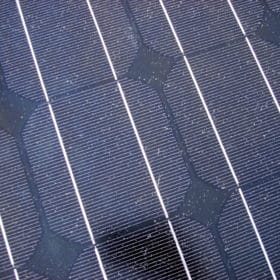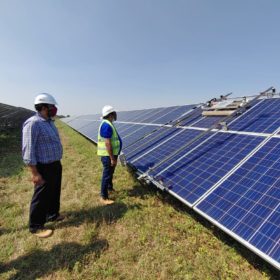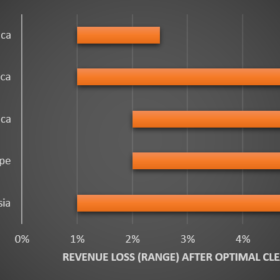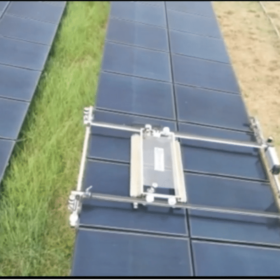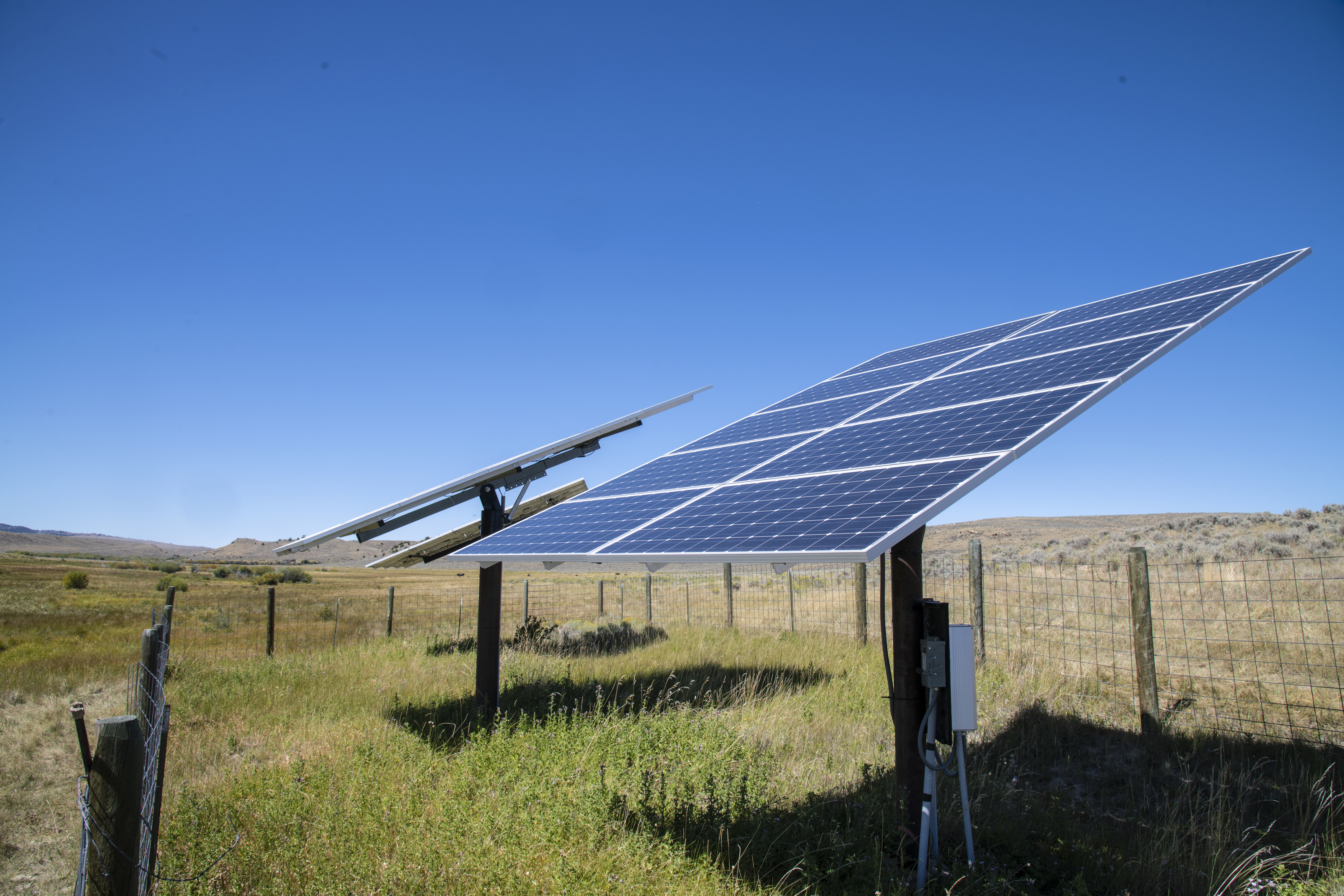Compressed air tech for solar module cleaning, cooling
British scientists have developed an experimental compressed air system for the simultaneous cleaning and cooling of PV modules. The system was built with a compressed-air unit which was made of a compressor, an air tank, and an airflow regulation valve, and a series of nozzles. The technique was tested on a PV system located in northwestern India.
Indian panel-cleaning startup expands manufacturing capacity
Solavio Labs has already held three funding rounds to support the development of its new panel-cleaning robot.
New model to predict PV module cleaning cycles and resulting profits
A group of scientists in Bangladesh has developed a model to determine the optimal cleaning schedule for a PV installation at any location in the globe, requiring only the average insolation and soiling rate for a given site to make the calculation. The study also draws new conclusions regarding the influence of sandstorms and rain on soiling, and aims to be among the first studies to paint a global picture of soiling trends by region.
Active self-cleaning tech for PV modules
An international research team has developed a cleaning system for solar panels that combines a vibrating device with the use of hydrophilic curved rungs. The technique is claimed to be able to remove the surface contaminants through the internal flow of vibrating water droplets applied with a pipette onto the module surface and transported, under vibration, to the contaminated parts.
Indian startup unveils modular panel-cleaning bot
Indian startup Solavio Labs has designed a modular, autonomous bot to clean solar panels. The system is purportedly compatible with most structures, mounting areas, and climate conditions.
Self-cleaning tech for small off-grid PV arrays
A U.S.-Pakistan research group has created a new self-cleaning mechanism for standalone PV systems up to 5 kW in size. The system increases power yields by around 35%, while its payback period is estimated at around five years.
